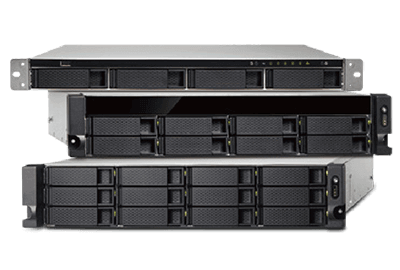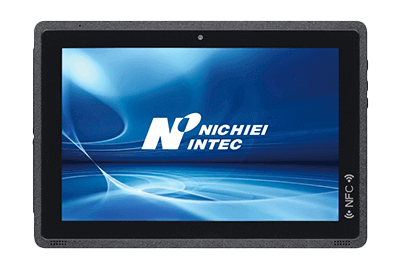What Is a Conduit?
A conduit is an electrical material used to enclose and protect wiring. It typically takes the form of pipes made of synthetic resin or metal. Metal conduits are valued for their electromagnetic shielding effects, while synthetic resin conduits offer flexibility. Conduits are known by various names, including cable conduit, corrugated tube, or flexible tube.
Metal conduits, often steel, are sturdy and used both indoors and outdoors. They require tools like pipe benders for shaping. Synthetic resin conduits come in types like plastic flexible (PF) conduit and combined duct (CD), offering varying degrees of fire resistance and flexibility.
Uses of Conduits
Conduits are essential in safeguarding electrical wiring in machinery, control panels, and control cabinets. They protect cables from physical damage and external elements, helping to manage electrical safety and maintain aesthetics by hiding wires. In construction, specific technical standards mandate the use of different conduit types for indoor, outdoor, and building-side wiring.
Principles of Conduits
Conduit pipes, also known as conduit tubes, are used to facilitate wire passage in structures and prevent external corrosion and moisture absorption. They are designed to be flexible for easy installation and maintenance, and come in various materials, including rigid polyvinyl chloride, steel, stainless steel, and corrugated synthetic resin.
Conduit accessories include couplings, connectors, and ends for embedding in concrete casting forms. These components aid in connecting and securing conduits in various construction settings.
Types of Conduits
Steel conduits include:
- Thick Steel Wire Conduit: Offers high mechanical strength, mainly used outdoors or in factories.
- Thin Steel Wire Conduit: With a thinner wall, commonly used for indoor applications.
- Threadless Wire Conduit: Lacks threads, allows more wires to pass through due to its thin wall.
- Lined Steel Conduit (PLP): Steel wire conduit covered with synthetic resin, used for buried conduits like water pipes and cable protection.
How to Choose Conduits
When selecting conduits, consider their flexibility and application environment. For vibrating electric motors or areas near expansion joints, conduits that allow for flexible connections are ideal. Polyvinyl chloride (PVC) conduits are corrosion-resistant and suitable for straight stretches, while PF conduits are used for concealed or outdoor wiring. Multi-layer and flame-retardant options are available for specific needs. Stainless steel conduits are preferable in hygienic or corrosive environments. The choice of conduit depends on the wiring requirements, environmental conditions, and the level of protection required.


